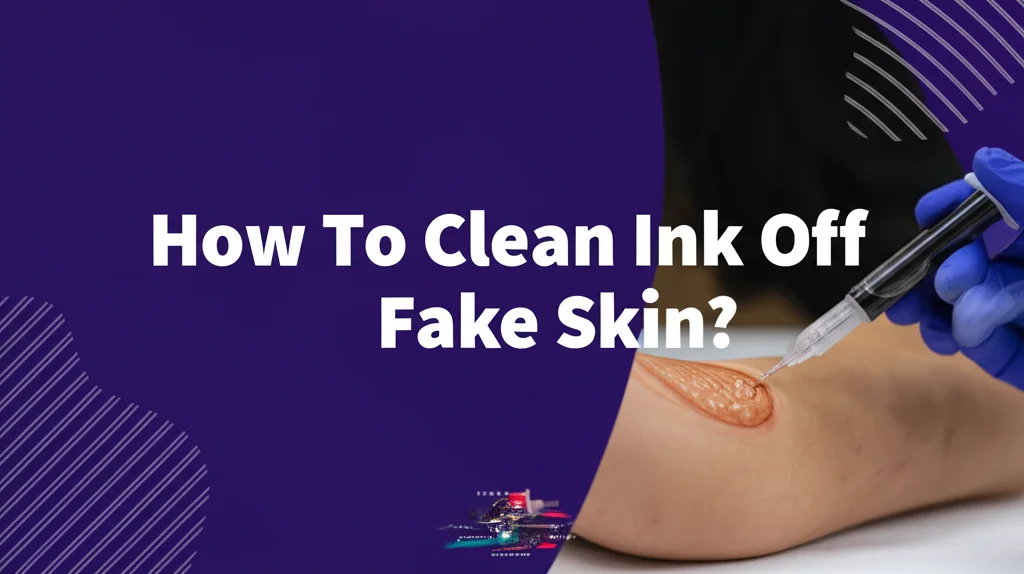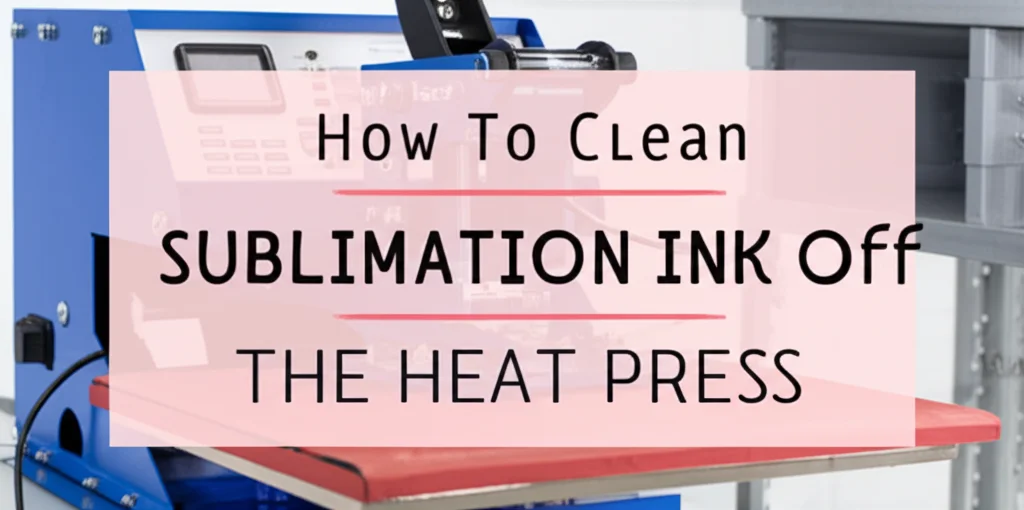· Tattoo & Beauty · 6 min read
How To Clean Ink Off Fake Skin?

How To Clean Ink Off Fake Skin?
Ever practiced your tattooing on fake skin and then wondered how to get the ink off to start fresh? It’s a common question for aspiring tattoo artists! Cleaning ink off fake skin is crucial for repeated use and maintaining a clean practice surface. This article will guide you through the most effective methods, from simple solutions to more robust techniques, ensuring your fake skin stays in top condition for honing your skills. We’ll cover everything you need to know to remove tattoo ink and prepare your practice skin for the next design.
Takeaway:
- Isopropyl alcohol is generally the most effective and readily available solution.
- Gentle scrubbing with a soft cloth or cotton pad is key to avoid damaging the fake skin.
- Different ink types may require slightly different approaches.
- Proper cleaning extends the life of your practice skin, saving you money.
Can you easily remove ink from fake skin?
Yes, you can! Most tattoo practice skins are designed to be cleaned and reused. Isopropyl alcohol is the most common and effective method for removing ink, but other solutions like specialized tattoo skin cleaners or even gentle soaps can also work. The key is to be gentle and avoid harsh abrasives.
Understanding Your Fake Skin & Ink Type
Before diving into cleaning methods, it’s important to understand the materials you’re working with. Fake skin, often made of silicone or a similar polymer, is designed to mimic the texture and feel of human skin. Different types of tattoo ink also react differently to cleaning agents.
Silicone vs. Polymer Fake Skin
Silicone-based fake skin tends to be more durable and resistant to staining. Polymer-based skins are often softer but can be more prone to damage from harsh chemicals. Knowing which type you have will influence your cleaning approach. Always check the manufacturer’s instructions if available.
Ink Pigment Variations
Black ink is generally the easiest to remove. Colored inks, especially reds and blues, can be more stubborn and may require multiple cleaning attempts. Pigment density also plays a role; highly pigmented inks will take more effort to lift. Consider the ink’s composition when choosing a cleaning solution.
The Power of Isopropyl Alcohol
Isopropyl alcohol (rubbing alcohol) is the go-to solution for cleaning ink off fake skin for many tattoo artists. It’s effective at breaking down the ink pigments and is relatively inexpensive and readily available. However, it’s important to use it correctly.
Choosing the Right Concentration
70% isopropyl alcohol is generally recommended. Higher concentrations can be too harsh and potentially damage the fake skin over time. 90% alcohol can be used for stubborn stains, but use it sparingly and follow up with a 70% solution.
Application & Scrubbing Technique
- Dampen a clean cotton pad or soft cloth with isopropyl alcohol.
- Gently rub the inked area in a circular motion. Avoid excessive pressure.
- Continue rubbing until the ink begins to lift.
- Use a clean section of the cotton pad or cloth as the ink transfers.
- Repeat as needed until all the ink is removed.
- Allow the skin to air dry completely before using it again.
Alternative Cleaning Solutions
While isopropyl alcohol is highly effective, you might want to explore alternative cleaning solutions for specific situations or preferences.
Specialized Tattoo Skin Cleaners
Several companies now offer cleaners specifically formulated for tattoo practice skin. These cleaners are often gentler than isopropyl alcohol and may contain conditioning agents to help maintain the skin’s texture. They can be a good option if you’re concerned about long-term damage.
Gentle Soap and Water
For light ink stains or as a follow-up to isopropyl alcohol, mild soap and warm water can be effective. Use a soft cloth or sponge to gently scrub the area. Ensure all soap residue is rinsed away thoroughly. This is a good option for maintaining the skin between more intensive cleanings.
Coconut Oil
Surprisingly, coconut oil can help lift ink! The oil breaks down the ink pigments, making them easier to wipe away. Apply a small amount of coconut oil to the inked area, let it sit for a few minutes, and then gently wipe with a clean cloth. This is a very gentle option, ideal for delicate fake skin.
Dealing with Stubborn Ink Stains
Sometimes, despite your best efforts, ink stains persist. Here’s how to tackle those stubborn marks.
Repeated Applications
Don’t give up after one attempt! Multiple applications of isopropyl alcohol or your chosen cleaning solution, combined with gentle scrubbing, can eventually lift even the most stubborn ink. Patience is key.
Using a Magic Eraser (With Caution)
Magic Erasers (melamine sponges) can be effective at removing stains, but they are abrasive. Use them very gently and only as a last resort, as they can damage the surface of the fake skin. Dampen the Magic Eraser and lightly rub the stained area.
Warm Water Soak
Soaking the fake skin in warm water for 15-20 minutes can help loosen the ink pigments, making them easier to remove. Follow up with isopropyl alcohol or another cleaning solution.
Protecting Your Fake Skin for Longevity
Cleaning is only half the battle. Proper storage and handling are essential for extending the life of your fake skin.
Storage Best Practices
Store your fake skin in a clean, dry place away from direct sunlight and extreme temperatures. A resealable plastic bag or container is ideal. Avoid storing it with other materials that could potentially stain or damage it.
Avoiding Harsh Chemicals & Tools
Never use harsh chemicals like bleach or acetone on fake skin. Avoid using abrasive scrub brushes or scouring pads, as these will damage the surface. Always opt for soft cloths, cotton pads, or sponges.
Regular Cleaning Schedule
Even if you’re not actively practicing, it’s a good idea to clean your fake skin periodically to prevent ink from setting in. A quick wipe-down with isopropyl alcohol every few weeks can help maintain its pristine condition.
FAQ: Common Questions About Cleaning Fake Skin
Q: Can I use hand sanitizer to clean ink off fake skin?
A: While some hand sanitizers contain alcohol, their concentration is often lower than ideal for effective ink removal. They may also contain additives that could leave a residue on the skin. Isopropyl alcohol is a better choice.
Q: Will cleaning damage my fake skin over time?
A: Frequent and harsh cleaning can eventually degrade the fake skin. Using the recommended solutions and techniques, and avoiding abrasive materials, will help minimize damage and extend its lifespan.
Q: How do I know if my fake skin is damaged?
A: Look for signs of cracking, tearing, or discoloration. If the skin feels significantly different in texture or loses its elasticity, it may be time to replace it.
Q: Can I clean colored inks the same way as black ink?
A: Colored inks may require more cleaning attempts and a slightly stronger solution (like 90% isopropyl alcohol used sparingly). Be extra gentle to avoid damaging the skin.
Conclusion
Cleaning ink off fake skin doesn’t have to be a daunting task. By understanding your materials, using the right cleaning solutions, and employing gentle techniques, you can keep your practice skin in excellent condition for countless hours of tattooing practice. Remember, isopropyl alcohol is your friend, but moderation and care are key. With a little effort, you can maximize the value of your investment and continue honing your skills on a clean, reliable surface. So, go ahead, practice your art, and don’t worry about the mess – cleaning up is now a breeze!




